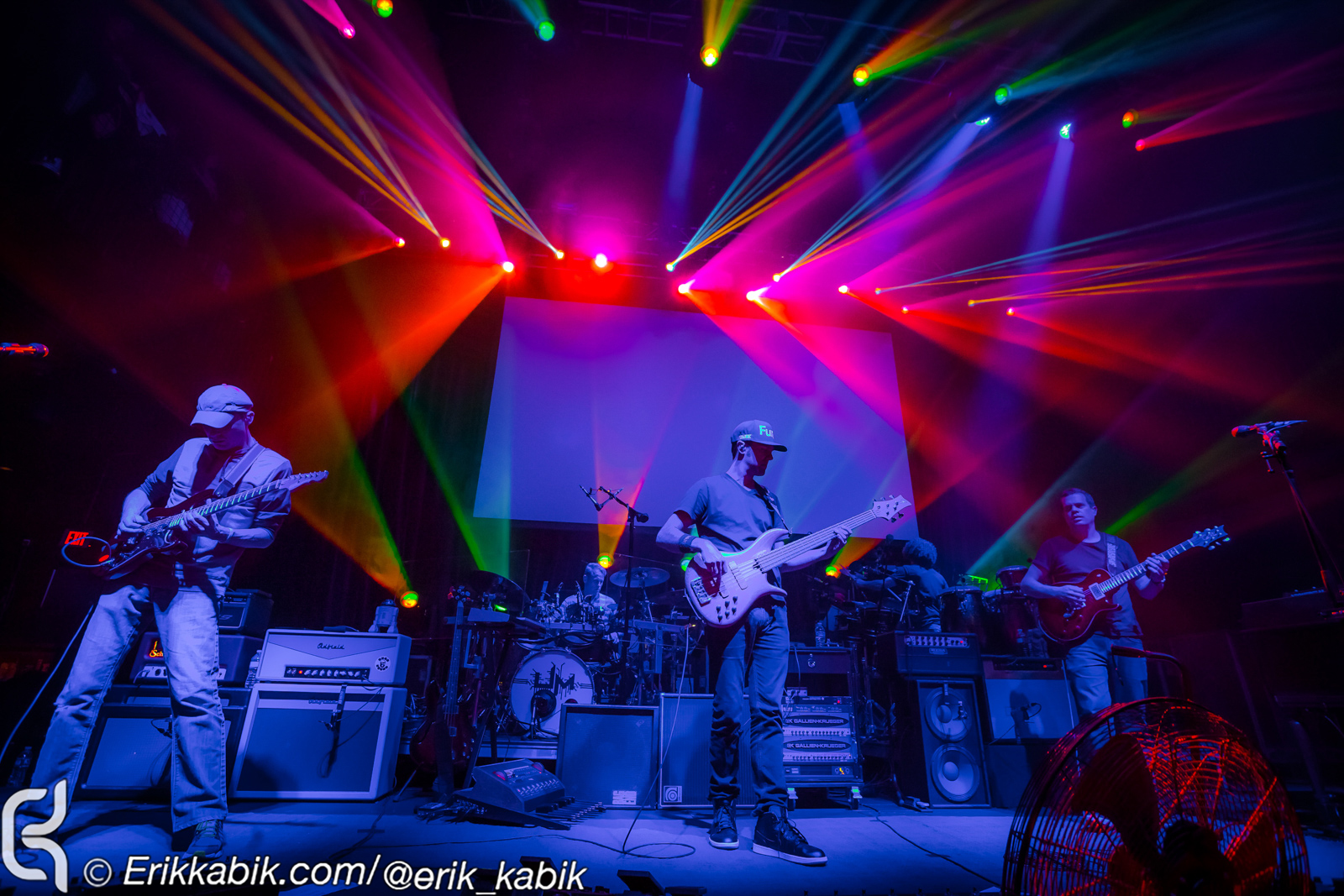Five Highlights from Umphrey’s McGee’s ‘Reel to Real’ Documentary
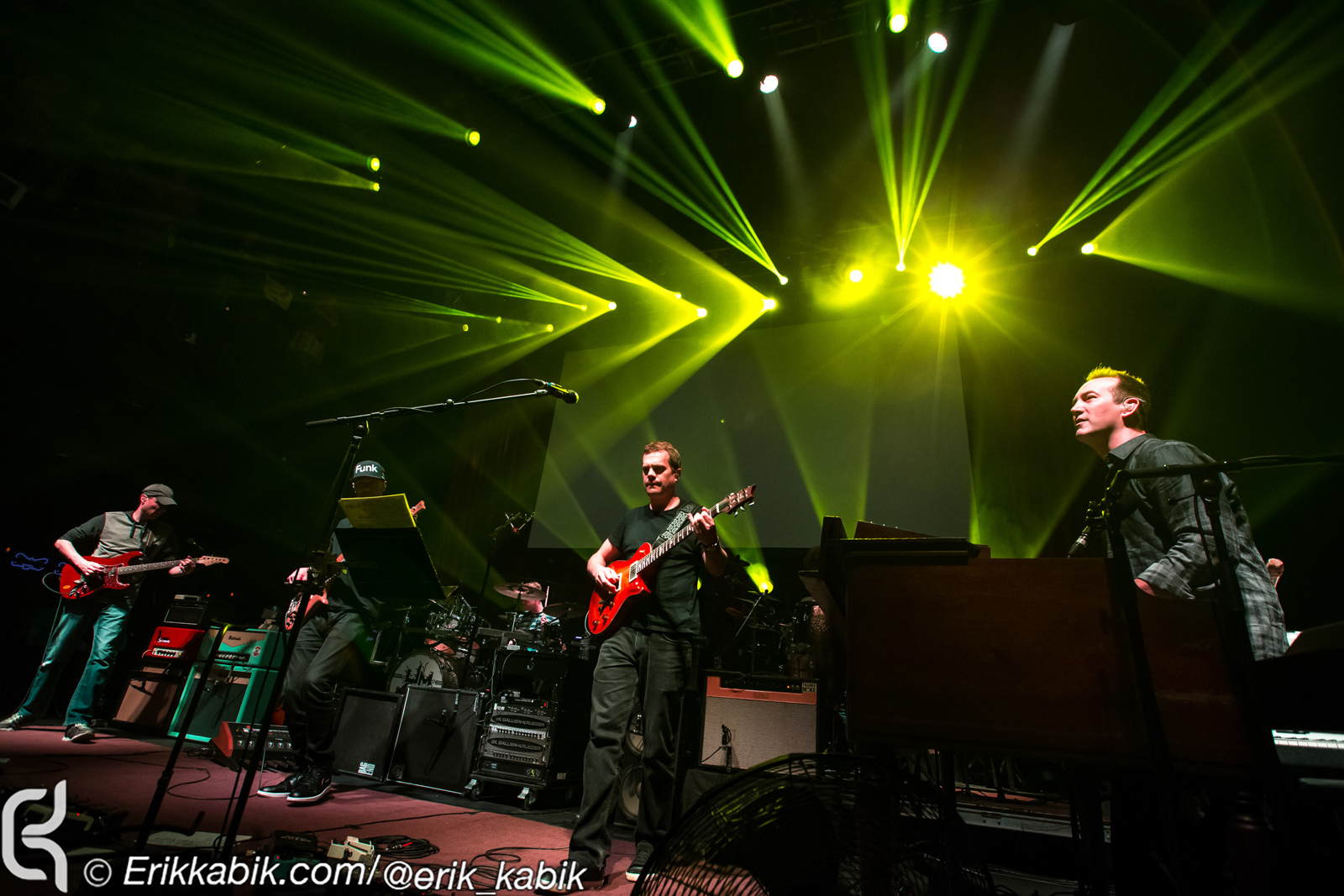 Tomorrow, Umphrey’s McGee will unveil their documentary Reel to Real to the world after premiering it on New Year’s Day in Denver and hosting numerous screenings across the country.
Tomorrow, Umphrey’s McGee will unveil their documentary Reel to Real to the world after premiering it on New Year’s Day in Denver and hosting numerous screenings across the country.
The 74-minute documentary, directed by the band’s LD Jefferson Waful, traces the group’s steady rise from the minute they embarked on their very first tour of the Midwest. “I moved to Chicago and left two days later for six weeks,” Brendan Bayliss says early on as home movie-esq footage of the band stacked up in a station wagon flashes by.
Throughout you’ll hear about the minutia of being a professional musician, from the band’s inspiration for backstage rehearsal gear (Spoiler: They got it from The String Cheese Incident) to tour bus dynamics (Brian May’s “Business” was their unofficial theme song) and a sneak peek into their patented improvisational style. But there’s also the juicy bits, the things that make rock docs what they are–drunken footage, backstage arguments and band squabbles aren’t hidden from the public eye in Reel to Real.
The thing that makes Umphrey’s McGee’s story different from most other rock bands is that it’s essentially inverted. Most rock docs start with the happy parts before swiftly setting off on a doomed train ride. Umphrey’s got the doom and gloom out of the way early, with the sudden departure of founding drummer Mike Mirro. Not much is held back, from the initial announcement by Mirro over burritos, margaritas and Monday Night Football to roadside arguments and Mirro’s finale on New Year’s Eve in 2002, where he showed up late to the show that found the band performing the complete second side of Abbey Road. “We didn’t know if this was it,” Andy Farag says.
After staring their musical mortality in the face for a brief moment, the band was subsequently reborn after the addition of now-drummer Kris Myers and set off on becoming the band they are today, one of rock and roll’s most cohesive units. In Reel to Real, longtime fans of the band will be further introduced to the human side of the sextet in a no holds barred profile of the Chicago rockers that is as touching and emotional as it is powerful.
Now, let’s take a look at five highlights from the film. Obviously, SPOILER ALERT.
Beers N’ Tears
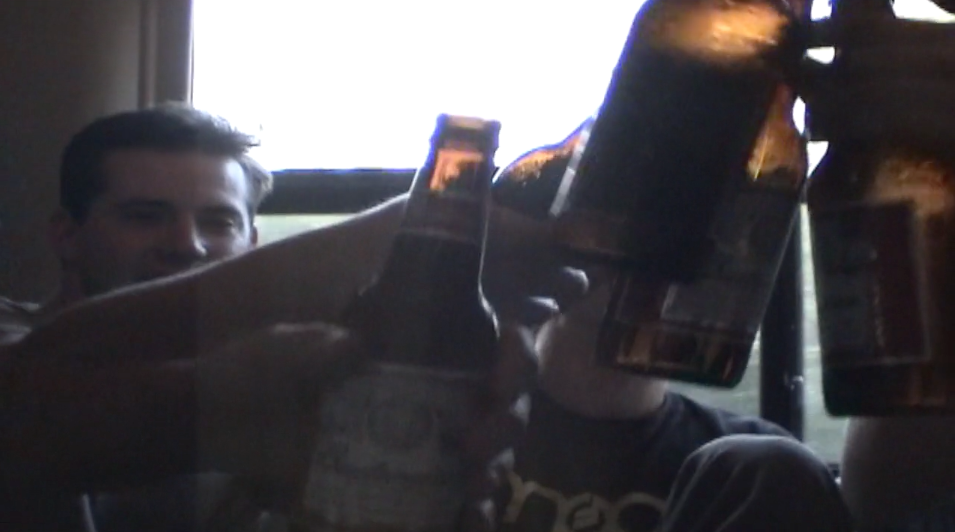 Graduating to a bus is a big step for a rock band, as the intimate confines of a van quickly turn to booze-soaked nights in the back room on a bus. “Beers and Tears” as Ryan Stasik calls it at one point, is what would happen in the back room after shows. The bassist adds that a lot of important conversations happened in that room “to keep relationships stable.” Among them, Myers and Jake Cinninger having a candid discussion about burnout and the drummer’s commitment to the group.
Graduating to a bus is a big step for a rock band, as the intimate confines of a van quickly turn to booze-soaked nights in the back room on a bus. “Beers and Tears” as Ryan Stasik calls it at one point, is what would happen in the back room after shows. The bassist adds that a lot of important conversations happened in that room “to keep relationships stable.” Among them, Myers and Jake Cinninger having a candid discussion about burnout and the drummer’s commitment to the group.
Mike Mirro
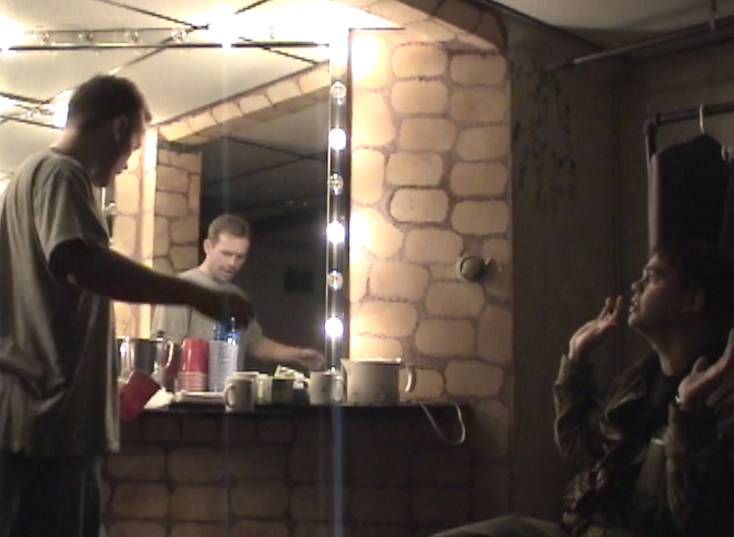 Both a highlight and a lowlight, I suppose. The film is ultimately a dedication to the late drummer, who passed away in January 2014, as they chronicle his time with the group from their inception to his departure in 2002. The end of Mirro’s musical chapter is accompanied by a handwritten note from Brendan Bayliss, who after being shown arguing with Mirro backstage at the Vic Theatre, says he and the drummer patched things up.
Both a highlight and a lowlight, I suppose. The film is ultimately a dedication to the late drummer, who passed away in January 2014, as they chronicle his time with the group from their inception to his departure in 2002. The end of Mirro’s musical chapter is accompanied by a handwritten note from Brendan Bayliss, who after being shown arguing with Mirro backstage at the Vic Theatre, says he and the drummer patched things up.
To most fans, Mirro’s departure may seem like an event that had a minimal impact, as Myers quickly elevated the group, but the damage done at the time is possibly the most revealing aspect of the entire film.
Joel’s Soulpatch
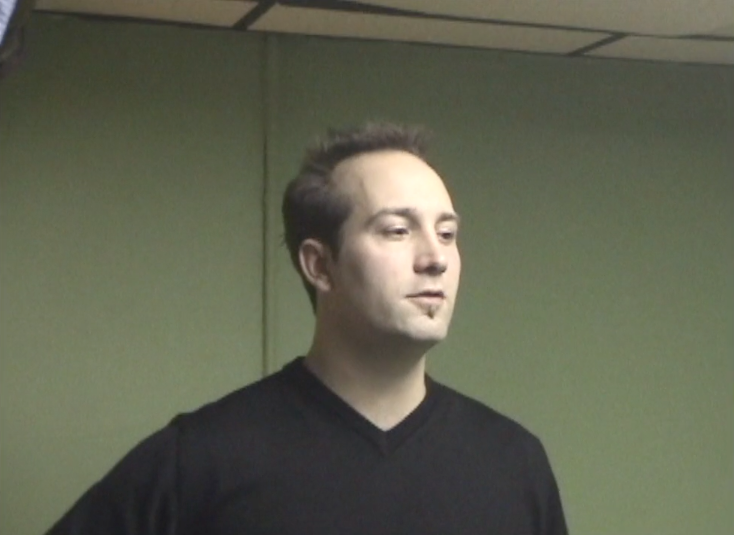 Look at that fucking thing. Glorious. Well done, Miss Tinkles.
Look at that fucking thing. Glorious. Well done, Miss Tinkles.
Audio of the First Jimmy Stewart

Maybe the crown jewel in Umphrey’s lore is the sound from their very first exploratory jam together following a wedding reception. Named after the room they played in, the “Jimmy Stewart” concept became a staple for the band, shaping what would become their ever-evolving improvisational style. A snippet of the session can be heard in the film, with the group shouting out keys and sticking to a spacey, dissonant groove.
The Phil Lesh Story
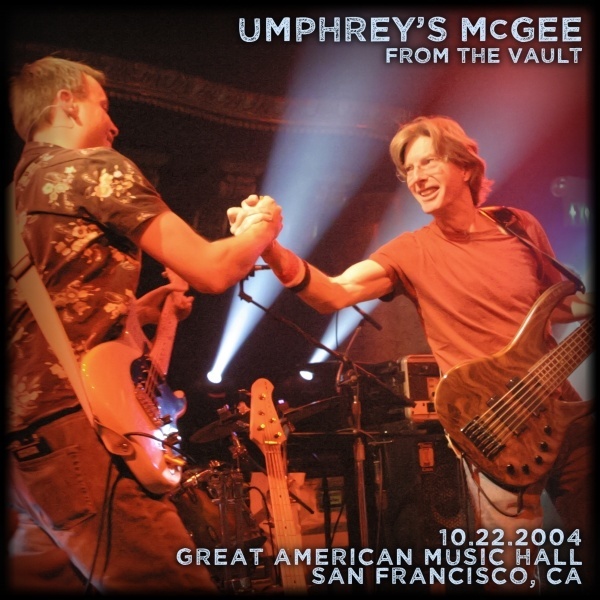 As with anything Umphrey’s McGee-related, humor plays a huge part. As the band recounts their 2004 collaboration with Phil Lesh in San Francisco (Lesh played on “Franklin’s Tower”), they recall the tense moments before Lesh came on stage, such as the bassist struggling to find his patented arm band that he cannot play without. Then there was the fact that Kris Myers, who admittedly didn’t grow up listening to the Dead, wasn’t familiar with the “Slipknot!” ending that Lesh was building towards. With fear that their moment with Lesh would go down as a lost opportunity, all turned out well.
As with anything Umphrey’s McGee-related, humor plays a huge part. As the band recounts their 2004 collaboration with Phil Lesh in San Francisco (Lesh played on “Franklin’s Tower”), they recall the tense moments before Lesh came on stage, such as the bassist struggling to find his patented arm band that he cannot play without. Then there was the fact that Kris Myers, who admittedly didn’t grow up listening to the Dead, wasn’t familiar with the “Slipknot!” ending that Lesh was building towards. With fear that their moment with Lesh would go down as a lost opportunity, all turned out well.


